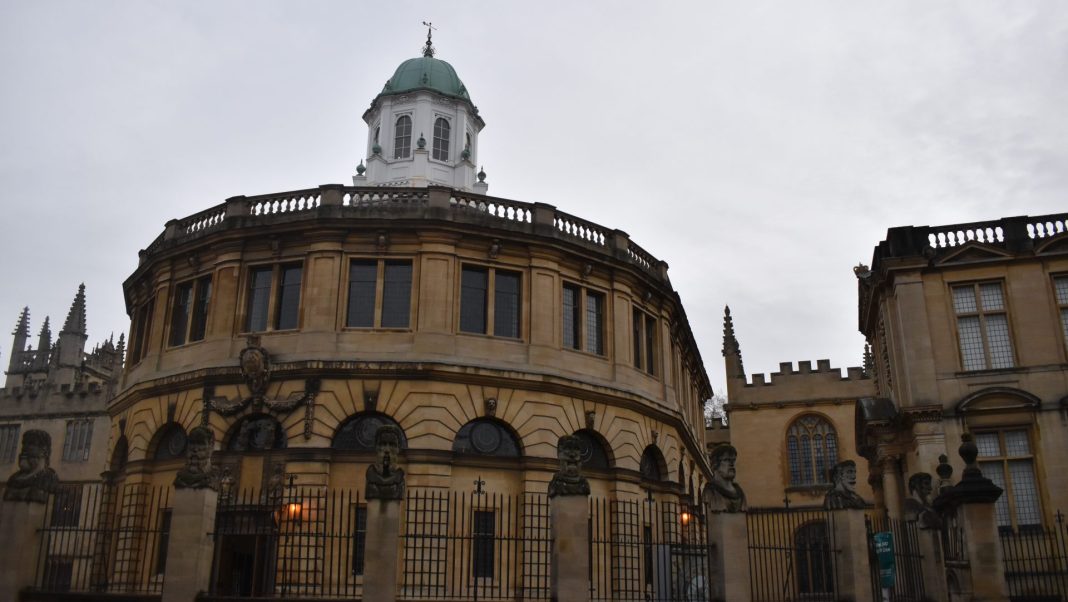The sculptor who carved the “Emperor’s Heads” currently standing outside Oxford’s Sheldonian Theatre, Michael Black, will be celebrated in a new exhibition at the Oxfordshire Museum this spring.
The exhibition, entitled “Michael Black: Chisel, Wood, Stone”, will include a full-size plaster ox – which was once carried over Oxford’s Aristotle Bridge as part of the annual May Day celebrations – and an artichoke-shaped fountain which will sit in the museum’s garden. Black’s family have contributed three short archival films.
Most famously, he was appointed in 1970 to create replacements for the 17 Emperor’s Heads that surrounded the perimeter of the Sheldonian Theatre, which had become weathered over the century during which they had been on display. His versions were first revealed in 1972 and have remained in place ever since.
When the Sheldonian was first constructed, William Byrd built the 13 original Heads commissioned between 1664 and 1669. Byrd’s heads had to be replaced in 1868 due to erosion. Black located seven of the originals, five of which were still in Oxford, and based his versions on them rather than the later substitutes.
Black was the son of a vicar and was born in 1928. He grew up in Dorset and began training as a carver during his undergraduate degree at St Catherine’s College in the 1950s. He died in 2019.
His life’s work also includes early commissions restoring gargoyles across Oxford; stonework at churches and colleges around the city and busts of the former British Prime Ministers Alec Douglas-Home and Harold Macmillan.
The Oxfordshire County Council representative Neil Fawcett said: “Michael Black was a talented sculptor who received notable public commissions, exhibited artwork at prestigious galleries, and restored the stonework of churches, colleges and other buildings across Oxford.”
“This exhibition is a rare opportunity to discover this important artist’s legacy. Through loans and archival material from Black’s family we are treated to an intimate insight into the artist’s life.”


